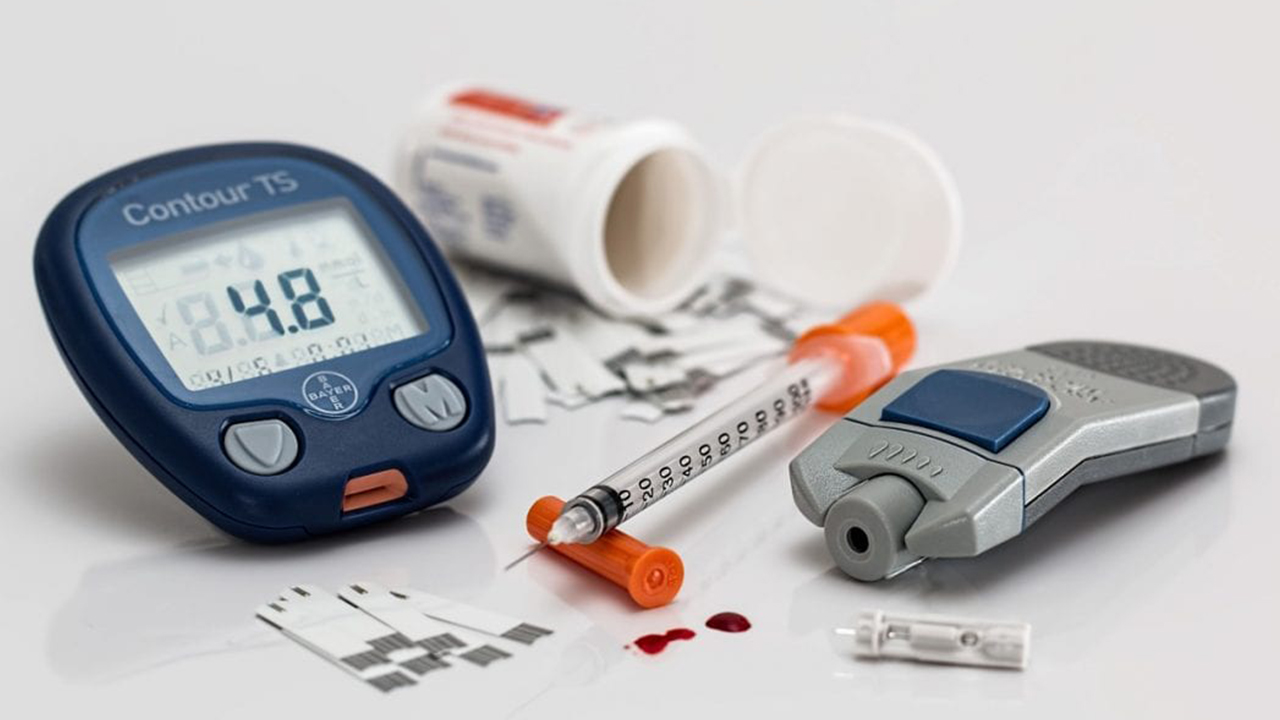Nearly 1 in 5 adolescents aged 12-18 years, and 1 in 4 young adults aged 19-34 years, are living with prediabetes, according to a new CDC study external icon published today in JAMAexternal icon Pediatrics.
Prediabetes is a health condition in which blood sugar levels are higher than normal, but not yet high enough to be diagnosed as type 2 diabetes. The condition also increases the risk of developing type 2 diabetes, chronic kidney disease, heart disease, and stroke.
Monitoring the percentage of adolescents and young adults with prediabetes can help determine the future risk of type 2 diabetes. To do this, CDC researchers used data from the National Health and Nutrition Examination Survey covering the years 2005-2016.
“The prevalence of prediabetes in adolescents and young adults reinforces the critical need for effective public health strategies that promote healthy eating habits, physical activity, and stress management,” said CDC Director Robert R. Redfield, M.D. “These lifestyle behaviours can begin early in a child’s life and should continue through adolescence and adulthood to reduce onset of type 2 diabetes.”
Key study findings:
Nearly 1 in 5 (18%) adolescents (those aged 12-18) and 1 in 4 (24%) young adults (aged 19-34 years) were living with prediabetes.
The percentage of adolescents and young adults living with prediabetes was higher in males and participants with obesity.
Hispanic young adults had higher rates of prediabetes compared to white young adults.
Adolescents and young adults with prediabetes had significantly higher cholesterol levels, systolic blood pressure, abdominal fat and lower insulin sensitivity than those with normal glucose tolerance, which increased their risk of type 2 diabetes and other cardiovascular diseases.
“We’re already seeing increased rates of type 2 diabetes and diabetes-related complications in youth and young adults, and these new findings are evidence of a growing epidemic and a tremendously worrisome threat to the future of our nation’s health,” said Ann Albright, Ph.D., director of CDC’s Division of Diabetes Translation. “Additional research is needed to support the development of interventions for youth and increasing access to programs that we know work for young adults, like the CDC-led National Diabetes Prevention Program.”
What can be done?
Research shows that adults with prediabetes who take part in a structured lifestyle-change program, including weight management and exercise, can cut their risk of developing type 2 diabetes by 58% (71% for people over 60 years old). Participation in the CDC-led National Diabetes Prevention Program lifestyle change program can help prevent or delay type 2 diabetes in those at high risk. The program, available to those aged 18 and older, is taught by trained lifestyle coaches and encourages healthy, whole-life changes to help participants address barriers to improved nutrition, increased physical activity and coping mechanisms for stress reduction.
Parents can also help turn the tide on prediabetes by encouraging healthy eating and increased physical activity. They can aim for their children to get 60 minutes of physical activity a day. To find tips on how to encourage children to eat healthy and stay active, visit CDC’s Healthy Weight site.
There are several ways state and local organizations can create a supportive environment to promote healthy weight and help prevent diabetes-related to obesity. States and communities can:
Support mothers who choose to breastfeed.
Work with early care and education centres and schools to improve healthy food and beverage offerings and opportunities for physical activity for children.
Increase access to healthy and affordable foods.
Make it easier and safer to walk and bike where families live, learn, work, and play.

 Prediabetes: An emerging health threat can lead to type 2 diabetes
Prediabetes: An emerging health threat can lead to type 2 diabetes


















.jpg)













